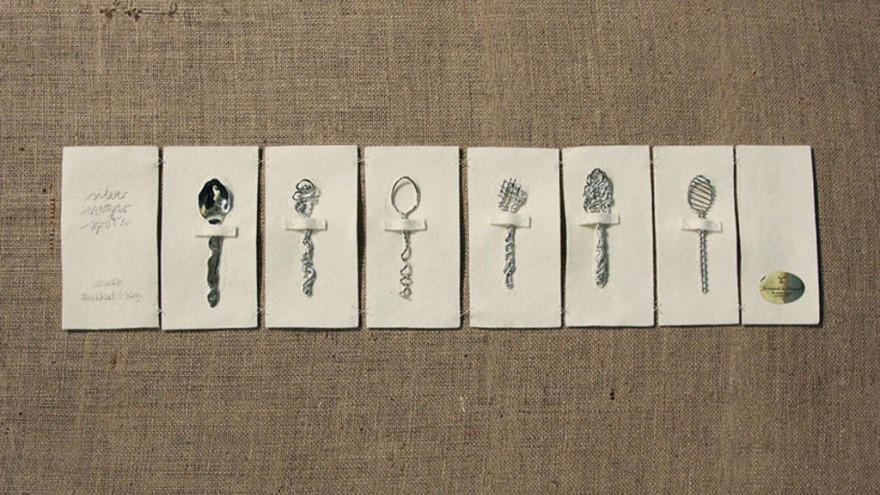Love it or hate it, can’t live with it but also can’t live without it. Sugar is an important part of life. In fact, sugar was to the 17th and 18th century what oil is to the 21st century. Sugar was also the subject of Studio Makkink & Bey’s latest installation exhibition “Silver Sugar Spoon” at the Vienna Design Week recently.
The duo’s project explores the history of silver and sugar as a way to design tableware and other products in response to the Habsburg (one of Europe’s most important royal houses) valuables found in the Imperial Silver Collection. There was a time that sugar was as valuable as silver and the wealthy would treat their guests to extravagant desserts made of sugar, or have centrepieces created using sugar on their tables.
For the exhibition, Studio Makkink & Bey collaborated with specialised companies Sugar Bakery, KuK Demel and silversmiths Jarosinski & Vaugoin, who once served the Habsburg family. The studio used sugar to test and sketch various objects before they were cast in silver.
Studio Makkink & Bey’s critical response explores the history, use and cost of sugar both today and during colonial rule. Their offering included a collection of six sugar spoons transformed into silverware and a tablecloth depicting the history of sugar with stories embroidered or drawn into the cloth. A 42 square metre carpet surrounded the tablecloth and in turn represented the production process of sugar.
A big vase with a flower arrangement made of sugar served as the centerpiece of the installation. The shape of the vase was drawn to the silhouette of a dessert spoon, working to create an optical illustion.
The Silver Sugar Spoon installation formed part of an exhibition on table culture at the Vienna Design Week called Baroque Splendour and Stainless Steel: Table Culture with a Past and a Future.














